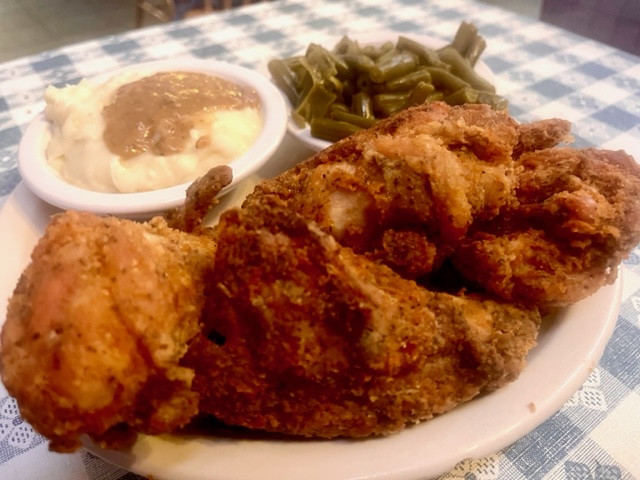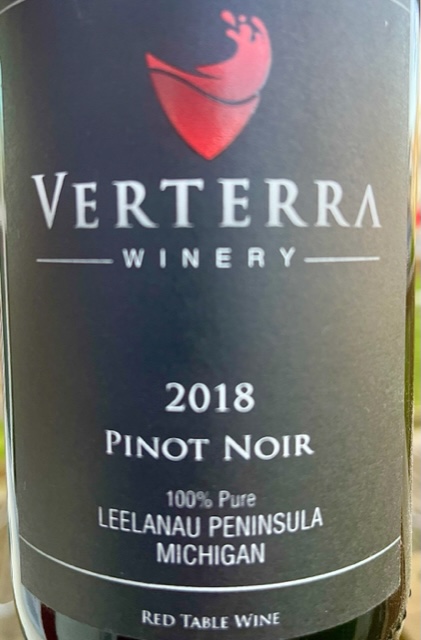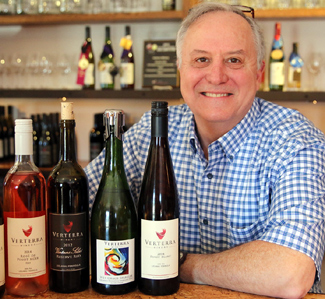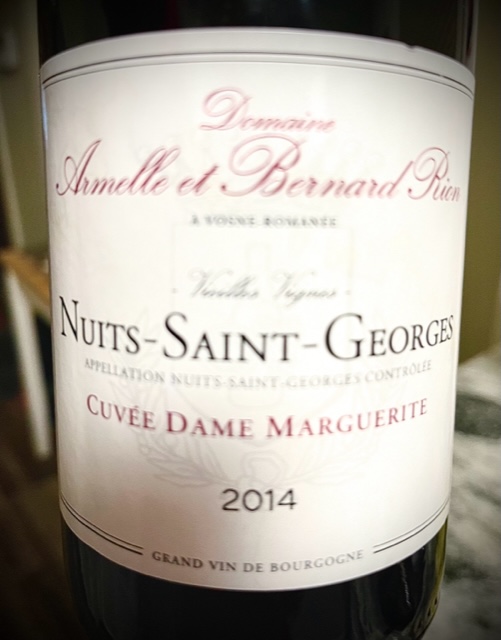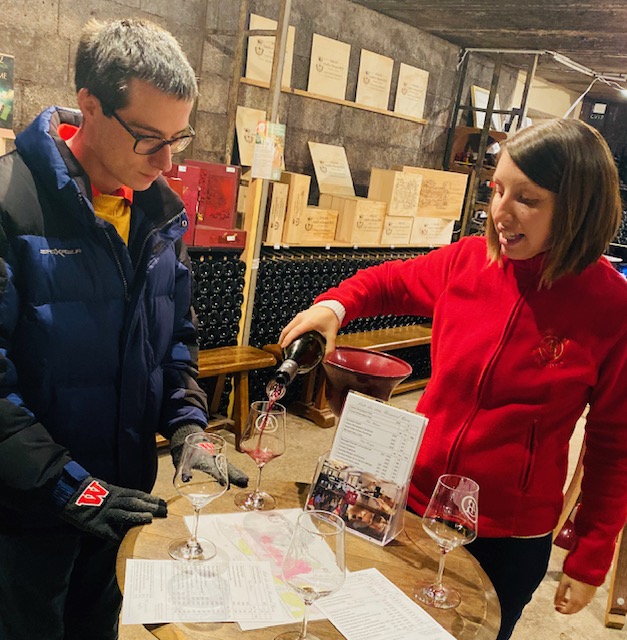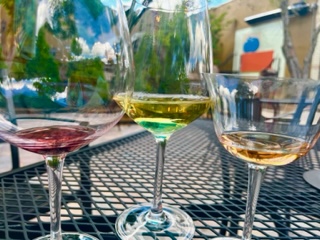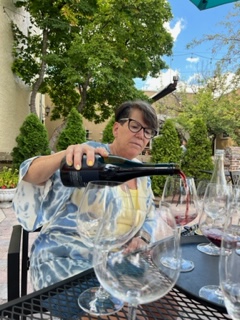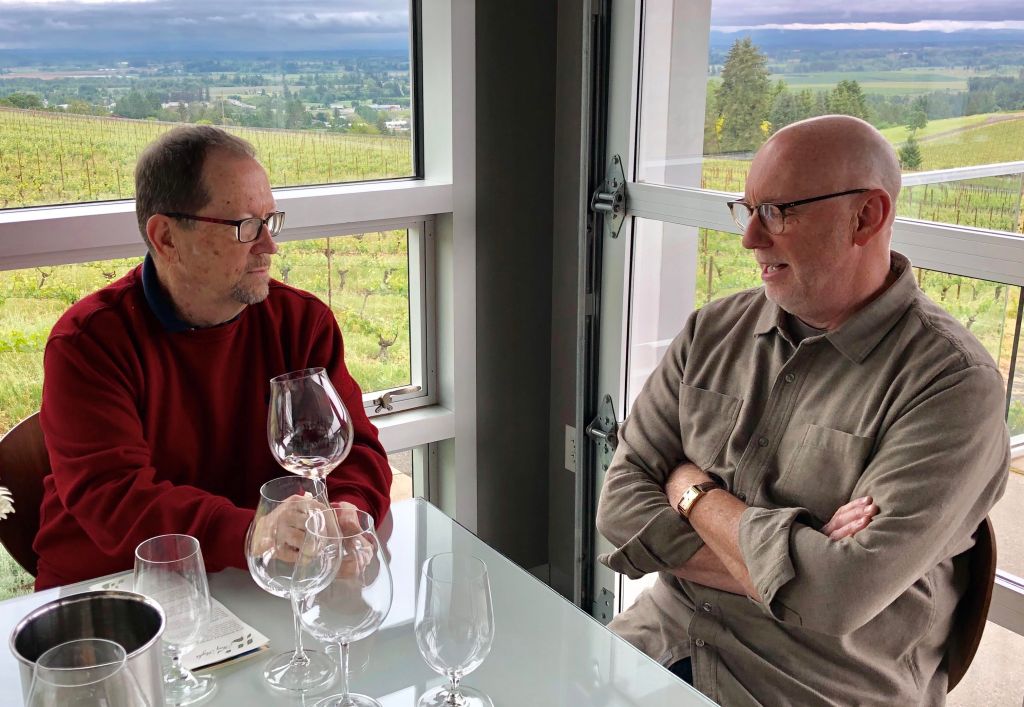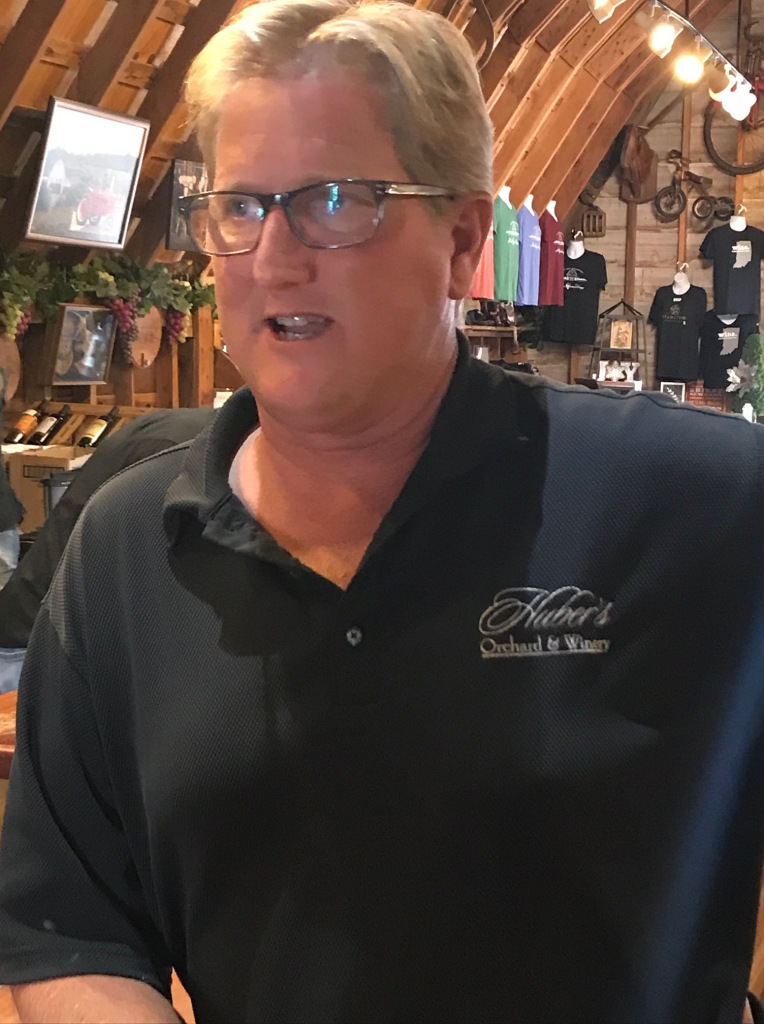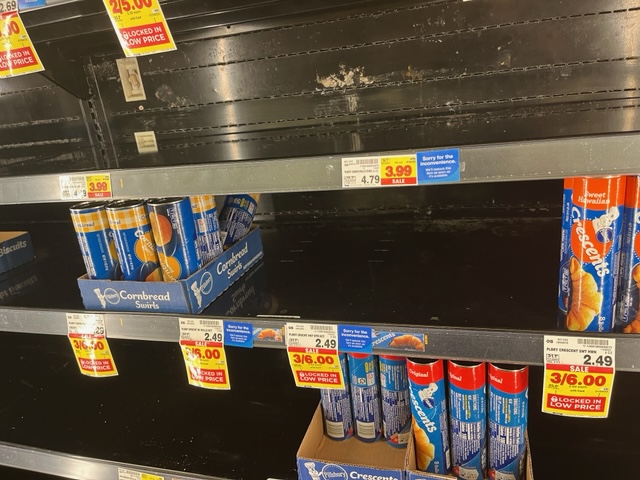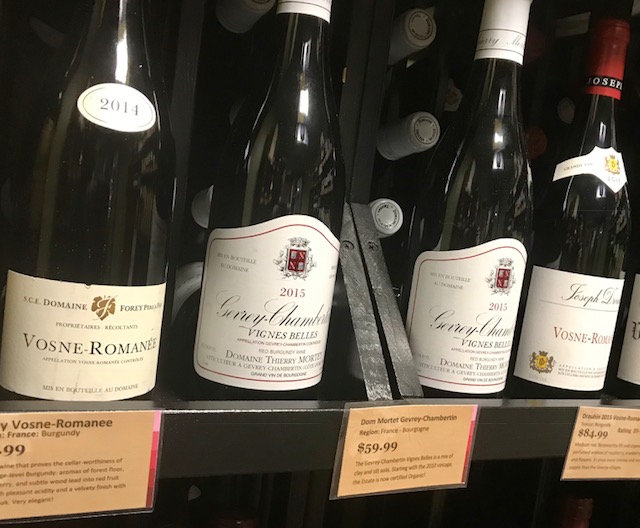I cut way back on most of my wine writing in 2017. I ended my every-other-week newspaper wine column, posted far less to social media, and caught my breath. It wasn’t so much that I was out of ideas or new ideas but partially I was tied of the old ones. Every year I had to write to a Thanksgiving column about food pairings, at Christmas time was holiday gift giving and of course bubbles suggestions for new years. That’s not to mention some cute or quirky column for the major holidays.
I don’t miss those columns but more than six years in retail wine sales, now into retirement, I might have better advice about wine buying for the holidays.
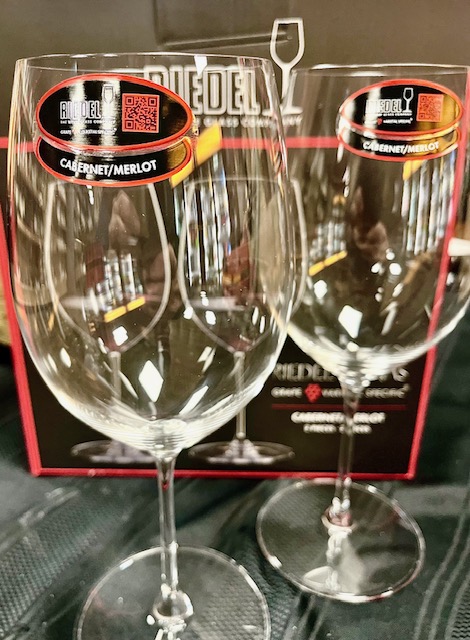
I have learned over those six years that many people don’t know what to buy a wine lover. The first advice is to make some effort to find out what they like. That will help your wine professional quite a bit. If you know they drink a particular Cabernet or two – let’s says SilverOak and Caymus, lets get them something in the same $100-price range that’s different. The same goes for any other varietal.
Now, if you have no idea what a person drinks I’ve learned to narrow it down.
Red or White?
Domestic or Old World? (Americas vs. Europe)
Also, champagne is a great gift year-round.
And, what do you want to spend?
I tell people if they don’t know what the person drinks, let’s go with Cabernet or Pinot Noir.
Let’s take Cabernet for instance, in the shop where I’m employed I have Cabernet Sauvignon anywhere from mid teens to $300 a bottle. We have Pinot Noir from California, Oregon and Burgundy running from mid teens to $150.
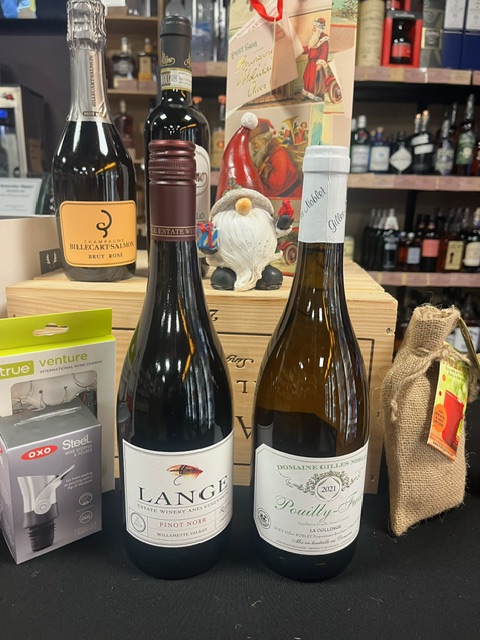
So a thought process or inquisitive wine retailer can help narrow down the choice for a gift of wine.
But don’t limit yourself. If you’re not sure what the friend or loved one drinks, it doesn’t have to be wine. Wine gadgets ranging from openers to wine preservation systems are a great gift. Most shops will have a selection of cheeses, crackers and meats perfect for wine.
But I think the really great gift is stemware – particularly Riedel stems, the world leader. The glasses come in a wide range of shapes and cost. The glasses are like crystal so they are a bit fragile and they are expensive. The thin-lipped glasses do make an impact on your wine enjoyment.
For example, we sell a basic Bordeaux glass as the beginner’s glass or maybe the only one you’ll ever need. Two Riedel Bordeaux glasses in the basic Vinum line will cost you nearly $50. But, they are often discounted or on sale at wine shops around the holiday season.
Everyone sells gift certificates but hopefully these thoughts will help you with a real gift of wine for Christmas.



